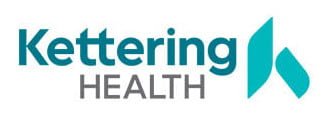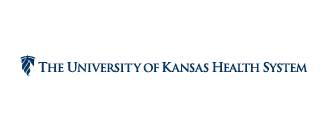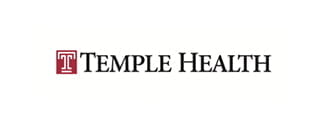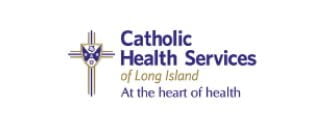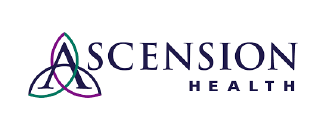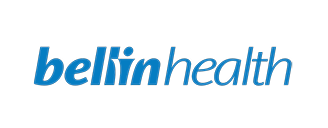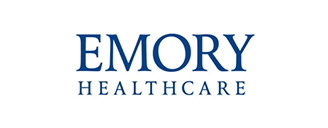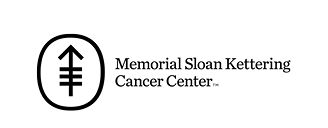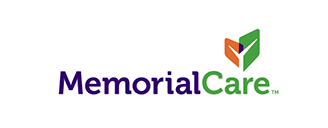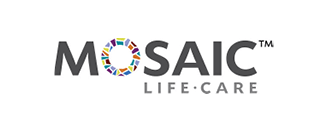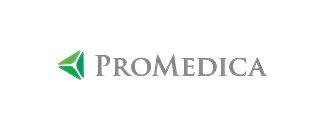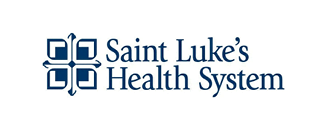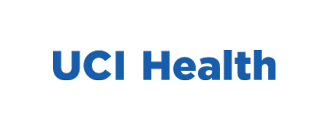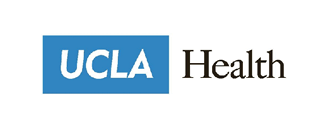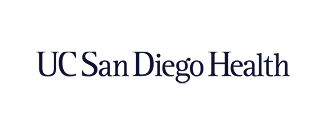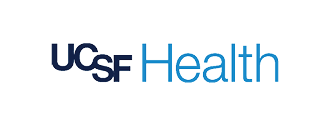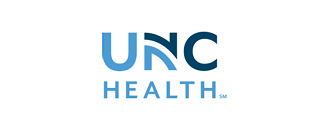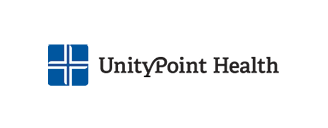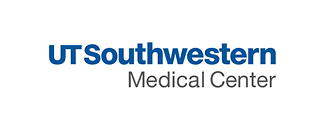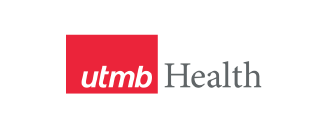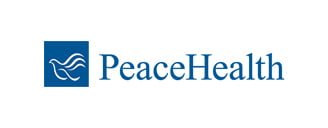Introduction
Pharmacists’ roles have evolved beyond just dispensing medications. Today, pharmacists play an essential part in providing clinical care in addition to their traditional services.
The expansion of pharmacists’ responsibilities can help improve patient safety, access, and affordability. Integrating pharmacists into the greater continuum of healthcare further aligns with the industry’s shift to value-based care.
While there are several challenges to note during this transition, pharmacists can shape the future of healthcare for the better with their unique skillsets and accessibility by the public.
Three ways the role of pharmacists has changed
Improved drug R&D
Immunizations are just one obvious example of the shift in pharmacists’ roles. Between 2020 and 2021, pharmacists administered more vaccines than primary physicians as a result of the PREP Act.
The PREP Act authorizes pharmacists and pharmacy technicians to administer COVID-19 and flu vaccines for a limited time. However, this legislation is set to expire in December 2024.
Given how valuable this expanded service has proven, especially during the pandemic, many states have codified the PREP Act into law to ensure that patients continue to receive convenient access to vaccines and tests.
Optimization & distribution accuracy
Pharmacists can now prescribe medications for birth control, smoking cessation, and HIV prevention in certain states. Pharmacists can prescribe naloxone, a medication that can reverse an overdose from opioids, in all 50 states.
While there is significant variation in which medications pharmacists can prescribe in which states, this authorization helps improve access and costs for patients.
The pandemic further expanded the scope of practice for pharmacists by allowing them to order and administrate diagnostic tests for COVID-19. Certain states also allow pharmacists to test and treat minor conditions including strep and the flu.
Improved patient outcomes
More than ever, pharmacists are collaborating with physicians and other healthcare providers to ensure optimal therapeutic outcomes. One model that is increasingly used to facilitate this goal is medication therapy management (MTM).
Under MTM, pharmacists provide a range of services to improve therapeutic outcomes and reduce medication issues and/or errors. These include reviewing all medications prescribed to a patient, promoting patient adherence to treatment, and providing in-depth education and advice.
MTM also empowers patients to improve their own health knowledge and medication use. This practice is similar to the specialty pharmacy paradigm, where high-touch, patient-centered care is integral to improving patient outcomes.
Unlocking safety, access, and affordability
The expanding role of pharmacists as clinical providers and pharmacies as centers of patient care has been critical to improving patient safety, access, and affordability.
For example, CVS alone administered over 80 million vaccines during the COVID-19 pandemic. With almost 90% of Americans living within 5 miles of a community pharmacy, pharmacies such as CVS serve as safe and convenient locations to promote patient access to vaccines.
To illustrate further, the expanded role of pharmacists can also improve treatment affordability. Testing, diagnosis, and treatment administered all in one location is not only more accessible, but can often be more affordable for patients as well.
Lastly, treatment paradigms such as MTM promote patient safety by improving medication adherence and therapeutic outcomes. By fostering collaboration between physicians, pharmacists, and other providers, MTM unlocks data to help care teams identify potential medication issues and ensure optimal patient safety.
Integrating pharmacists into the broader healthcare paradigm
The expanded role of pharmacists has proven beneficial to promoting healthcare access, affordability, and safety. However, there are a few key challenges to be addressed to solidify pharmacists’ evolving responsibilities.
For starters, not everyone agrees that the benefits of pharmacists expanded roles outweighs the potential pitfalls. The AMA recently released an article stating that “education matters much more than convenience.” It continues that allowing pharmacists to diagnose and treat patients in the pharmacy can put patients at risk.
Given the growing responsibilities of pharmacists in the wake of staffing shortages and increased burnout, these concerns are legitimate. Broader cultural and infrastructure changes can support the clinical shift happening in pharmacies.
For example, data sharing through EHRs can improve collaboration and give pharmacists insights into their patients’ treatment plans. This can allow them to make informed recommendations and reduce the risks associated with providing clinical care beyond the physicians’ office.
The AMA makes it apparent in their article that collaborative practice agreements between pharmacists and physicians can be a viable solution. However, they are ardently opposed to the “scope creep” of pharmacists, highlighting that pharmacists themselves agree with this perspective, too.
Conclusion
The expanding role of pharmacists reflects a new paradigm shift in healthcare delivery. By expanding their scope of practice, pharmacists can enhance patient safety, access, and affordability. However, challenges such as concerns over patient safety and scope creep must be addressed through education, collaboration, and infrastructure improvements.
Despite these challenges, integrating pharmacists into the broader healthcare continuum can help improve patient outcomes and advance the overall quality of care. Collaboration between pharmacists and physicians is essential in navigating this shift and maximizing the benefits of pharmacists’ new responsibilities.
About VPL Rx
VPL Rx is a clinically minded shipping, tracking, and compliance solution designed to modernize pharmacy distribution and promote healthier patients. Our quicker shipping workflow delivers prescriptions safely with real-time tracking, delivery alerts, and last-mile intervention. Exportable performance reporting and data analytics help pharmacies optimize costs and maintain compliance and accreditation.

